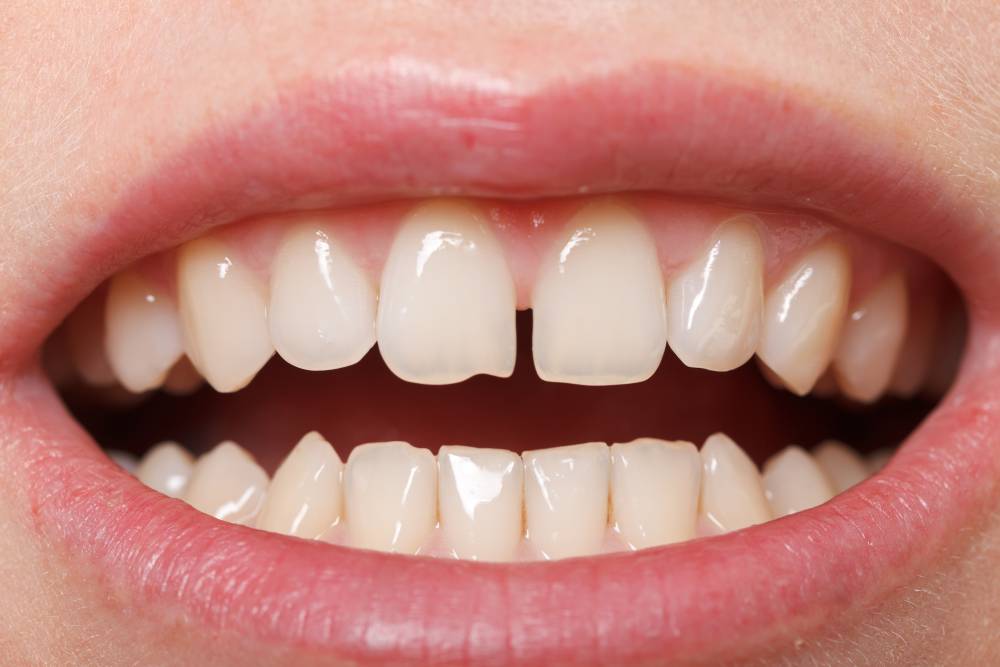Quite a few factors come into play when it comes to dental health, from cleaning habits to the types of food you eat. But there are also genetic factors that can affect the health of your teeth, jaw, and gums, such as the spacing of your teeth. Whether you have too much space or too little space in between your teeth, there are potential problems that can arise. Thankfully, there’s plenty we can do to address improper spacing and to help you enjoy better daily oral health.
Excessive Spacing
You can end up with excessive spacing between your teeth for different reasons. Large gaps can be caused by teeth getting knocked out, but it’s also common for the adult teeth to be spaced unevenly, resulting in spaces between some teeth when they should be flush against each other.
In any case, having too much space between any of your teeth is an issue that should be addressed. For one, these gaps create spots where food can easily get trapped, making it harder to really clean your teeth thoroughly every day. Eventually, this can lead to tooth decay and problems like cavities. And the buildup of bacteria around the gums can lead to inflammation and eventually, gum disease.
Crowding
When the teeth don’t have enough space, they become crowded. This is associated with crookedness since the teeth need to rotate or turn in some fashion to come in all the way. And while you may think having too little space would have the opposite effect as having too much space, the problems that can arise from both of these issues are actually very similar.
Whereas it’s easier for food to get trapped in between gapped teeth, it’s harder to clean food out from between crowded teeth. The crookedness creates awkward nooks and crannies that easily trap food particles while making it difficult to reach. As a result, crowding can increase the risk of tooth decay and gum disease due to bacteria growth.
Crowding is also associated with problems like jaw pain and tooth wear. When teeth are severely crooked from crowding, some teeth are subject to uneven pressure and it can be hard to bite down smoothly.
How to Fix Improper Tooth Spacing
Getting orthodontic treatment with braces or Invisalign is the best way to address spacing issues with teeth. Not only will the end results of straightening teeth provide a nicer looking smile, but your teeth will be in better positions for lasting dental health.
When your teeth are straight, it’s much harder for food to get trapped in hard-to-reach places, and getting a thorough clean becomes easier. And having straight teeth results in a smooth bite, evening out pressure between your teeth, which often gets rid of headaches and jaw pain for many patients.
Improper spacing can be very severe in some young kids, with many children ages seven or eight needing a palatal expander, Invisalign First, or some other form of early orthodontics to properly space out the teeth.
Schedule your free consultation at Smith Orthodontics today to see how orthodontic treatment could help fix spacing issues with your teeth.






